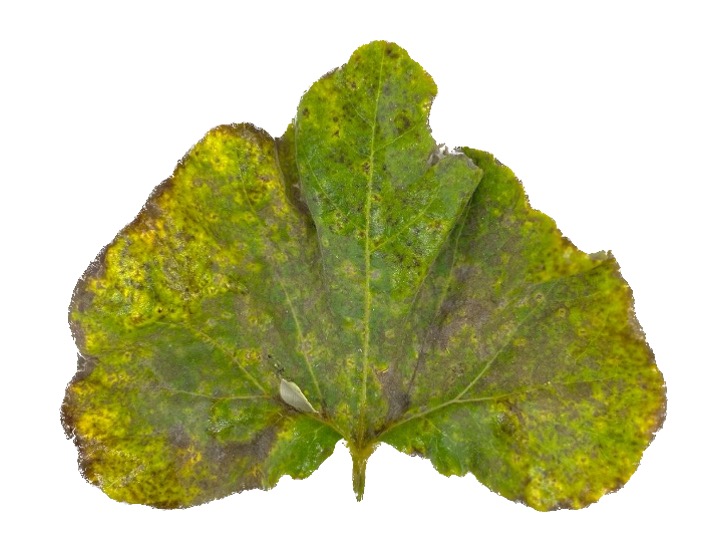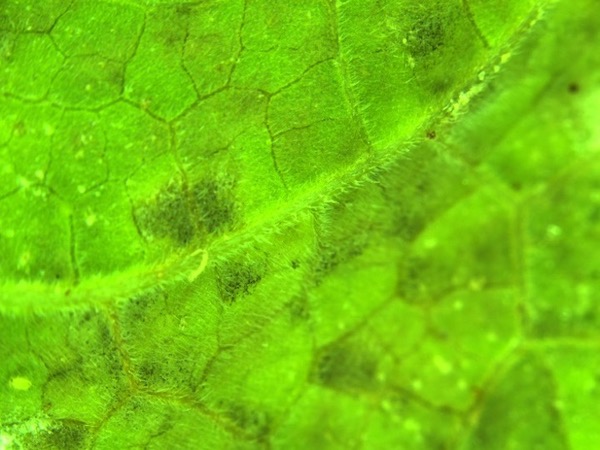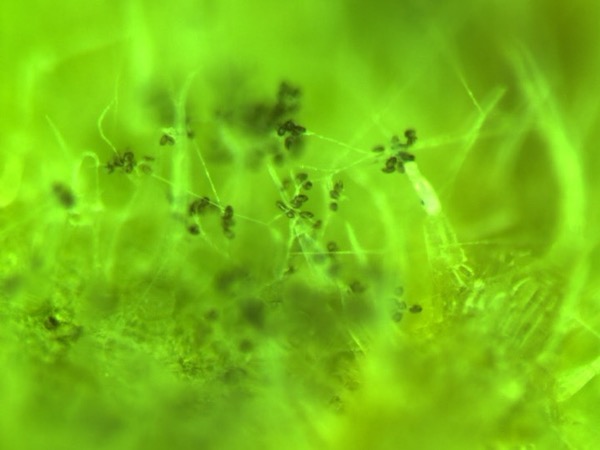Squash Downy Mildew found in Clayton N.C.
go.ncsu.edu/readext?941955
en Español / em Português
El inglés es el idioma de control de esta página. En la medida en que haya algún conflicto entre la traducción al inglés y la traducción, el inglés prevalece.
Al hacer clic en el enlace de traducción se activa un servicio de traducción gratuito para convertir la página al español. Al igual que con cualquier traducción por Internet, la conversión no es sensible al contexto y puede que no traduzca el texto en su significado original. NC State Extension no garantiza la exactitud del texto traducido. Por favor, tenga en cuenta que algunas aplicaciones y/o servicios pueden no funcionar como se espera cuando se traducen.
Português
Inglês é o idioma de controle desta página. Na medida que haja algum conflito entre o texto original em Inglês e a tradução, o Inglês prevalece.
Ao clicar no link de tradução, um serviço gratuito de tradução será ativado para converter a página para o Português. Como em qualquer tradução pela internet, a conversão não é sensivel ao contexto e pode não ocorrer a tradução para o significado orginal. O serviço de Extensão da Carolina do Norte (NC State Extension) não garante a exatidão do texto traduzido. Por favor, observe que algumas funções ou serviços podem não funcionar como esperado após a tradução.
English
English is the controlling language of this page. To the extent there is any conflict between the English text and the translation, English controls.
Clicking on the translation link activates a free translation service to convert the page to Spanish. As with any Internet translation, the conversion is not context-sensitive and may not translate the text to its original meaning. NC State Extension does not guarantee the accuracy of the translated text. Please note that some applications and/or services may not function as expected when translated.
Collapse ▲Written by Md Ziaur Rahman Bhuiyan and Lina M. Quesada-Ocampo.
Cucurbit downy mildew (CDM) is caused by an obligate oomycete, Pseudoperonospora cubensis. This disease was confirmed on squash in Johnson County, North Carolina on August 25, 2023. Disease incidence was approximately 15% and the affected leaves showed 45% disease severity (Figure 1). Samples were brought to the NC State Vegetable Pathology lab and confirmation of the P. cubensis clade 1 isolates were made via clade-specific quantitative polymerase chain reaction assay.

Figure 1. Squash leaves infected by Pseudoperonospora cubensis had characteristic downy mildew symptoms. Samples were collected from the Central Crops Research Station in Clayton, North Carolina by Mariana Prieto Torres. Photo taken by Md Ziaur Rahman Bhuiyan.
Diseased leaves had circular to irregularly shaped chlorotic lesions on the upper surface, while dark gray sporulations were observed on the underside of the leaves. Sporangia which are the microscopic structures that are unique to P. cubensis were observed on the lower surface of the leaves using a dissecting microscope (Figure 2).
P. cubensis has two clades which are host-specific to cucurbit crops. In North Carolina, clade 1 isolates commonly infect watermelon, squash, and pumpkin while the clade 2 isolates infect cucumber and cantaloupe. Therefore, cucurbit growers are encouraged to take immediate steps to protect their crops with effective fungicides.
Since P. cubensis has the potential to become resistant to fungicides quickly; it is critical to have a strong spray program. Growers are recommended to use a tank mix of site-specific fungicides with alternating modes of action. The annual fungicide efficacy trials in North Carolina showed differences in effectiveness of fungicides between clade 1 and clade 2. Therefore, please refer to our cucurbit downy mildew fact sheet for effective disease management strategies based on the type of cucurbit crop.

Figure 2a. Dark grey sporulation consisting of sporangia on the underside of the diseased leaf were observed under a dissecting microscope.

Figure 2b. Blackish, lemon shaped sporangia on dichotomously shaped sporangiophores were observed under the microscope.
Contact your local Extension Agent, if you have any downy mildew in your crops or field. You may also send the physical samples and/or photos to the NC State Plant Disease and Insect Clinic. Please make a completely anonymous report to the cucurbit downy mildew forecasting website (CDM IPMpipe) immediately after validation. CDM management remains a shared effort within the community, since this pathogen is airborne and can travel far distances via air currents. Growers and homeowners are highly encouraged to actively scout cucurbit leaves for downy mildew throughout the growing season.
Register with the CDM IPMpipe to receive texts, emails and/or phone alerts when new disease outbreaks are reported near you.


